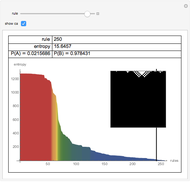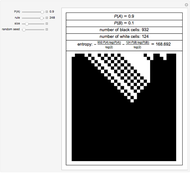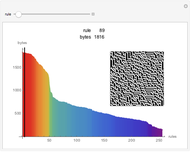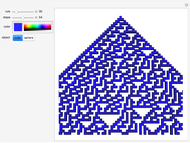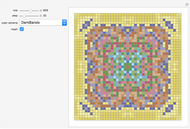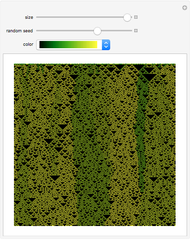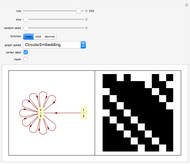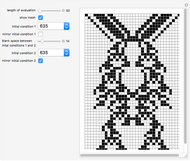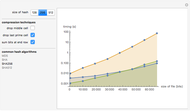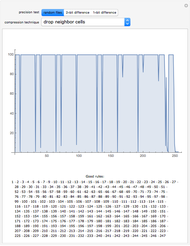Interactions between Persistent Structures in CA Code 20

Requires a Wolfram Notebook System
Interact on desktop, mobile and cloud with the free Wolfram Player or other Wolfram Language products.
According to A New Kind of Science, after a few steps class 4 systems typically organize themselves to the point where definite structures become visible. The NKS book discusses such systems starting at page 281 (NKS|Online) and shows some samples of this behavior using 2-color, next-nearest neighbor, totalistic cellular automaton (CA) code 20.
[more]
Contributed by: Daniel Arndt Alves (March 2011)
Open content licensed under CC BY-NC-SA
Snapshots
Details
detailSectionParagraphPermanent Citation
"Interactions between Persistent Structures in CA Code 20"
http://demonstrations.wolfram.com/InteractionsBetweenPersistentStructuresInCACode20/
Wolfram Demonstrations Project
Published: March 7 2011









